Home>Interior Design>Bedroom Flooring Ideas: 10 Ways With Flooring For A Bedroom
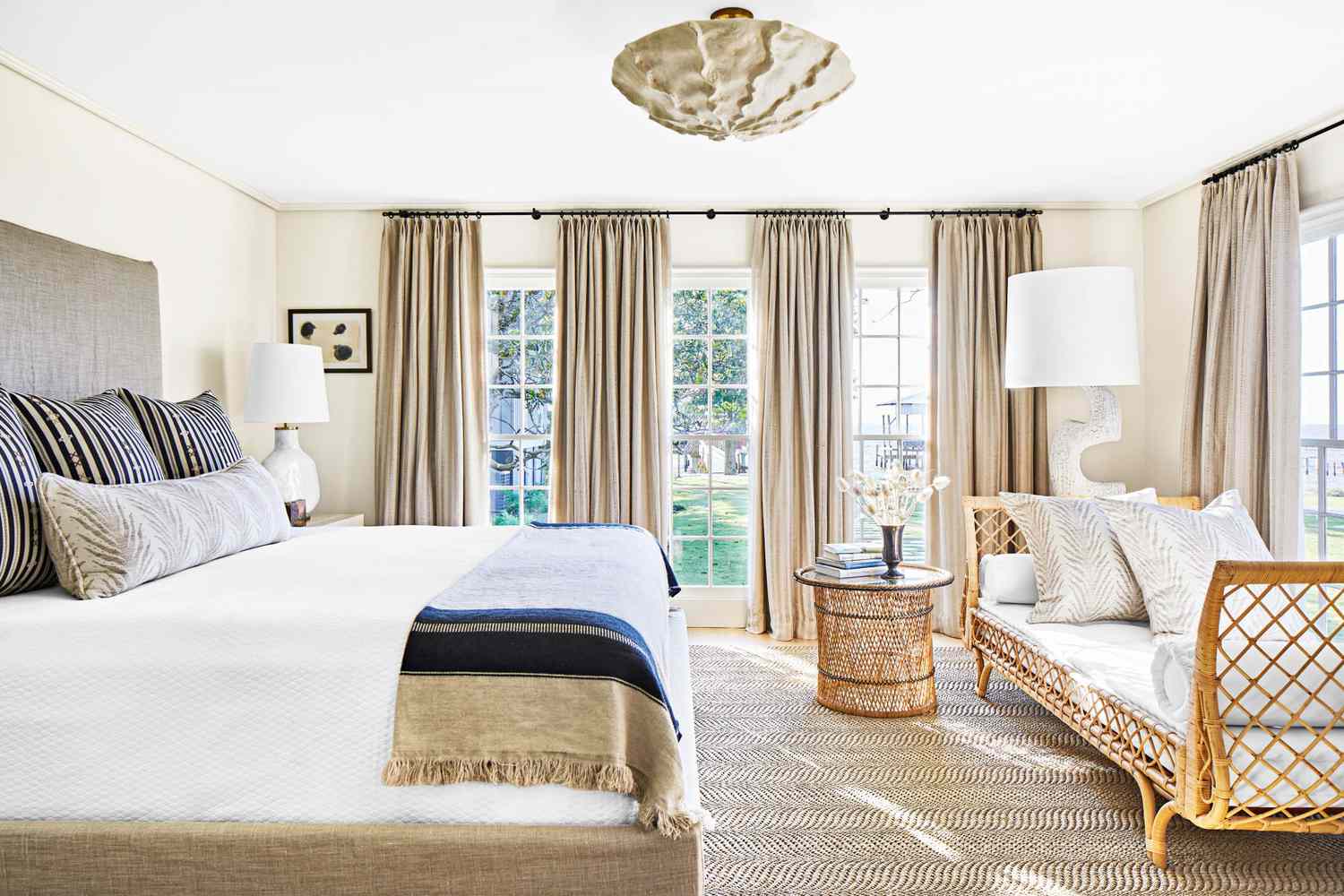

Interior Design
Bedroom Flooring Ideas: 10 Ways With Flooring For A Bedroom
Modified: January 8, 2024
Looking for interior design ideas for your bedroom flooring? Discover 10 stylish ways to transform your space with innovative flooring options.
(Many of the links in this article redirect to a specific reviewed product. Your purchase of these products through affiliate links helps to generate commission for Storables.com, at no extra cost. Learn more)
Introduction
Welcome to the world of bedroom flooring! The flooring you choose for your bedroom has a significant impact on the overall look, feel, and functionality of the space. It sets the tone for the room and can create a cozy, elegant, or contemporary ambiance.
In this article, we will explore 10 different bedroom flooring ideas that will inspire you to transform your sleeping sanctuary into a haven of style and comfort. Whether you prefer the plushness of carpet, the timeless beauty of hardwood, the durability of laminate, or the versatility of tile, we have the perfect flooring options for you.
Each flooring option comes with its own advantages and considerations, so it’s essential to understand their characteristics before making a decision. We’ll discuss the pros and cons of each option, provide insights into the different materials and designs available, and share maintenance tips to help you keep your bedroom floors in pristine condition.
So, let’s delve into the world of bedroom flooring and discover the perfect foundation for your personal sanctuary!
Key Takeaways:
- Transform your bedroom with the perfect flooring choice, whether it’s the cozy comfort of carpet, the timeless elegance of hardwood, the affordability of laminate, or the unique charm of cork and bamboo.
- Elevate your bedroom’s style and comfort with area rugs, providing warmth, noise reduction, and protection for any type of flooring, while also allowing for customization and personalization.
Carpet Flooring
When it comes to creating a cozy and inviting atmosphere in your bedroom, carpet flooring is a popular choice. It offers a soft and comfortable surface to walk on and provides excellent insulation, keeping your room warm and reducing noise levels.
However, like any flooring option, carpet comes with its own set of pros and cons. Let’s take a closer look:
- Pros of Carpet Flooring:
- Comfort: Carpet provides a plush and cushioned surface, perfect for walking barefoot or lounging in your bedroom.
- Insulation: It acts as a natural insulator, helping to keep your room warm and reducing energy costs.
- Noise Reduction: Carpet absorbs sound, reducing noise levels and creating a quieter and more peaceful environment.
- Style Options: There is a wide variety of colors, patterns, and textures available, allowing you to find the perfect match for your bedroom decor.
- Budget-Friendly: Carpet is often more affordable than other flooring options, making it a cost-effective choice for bedrooms.
- Cons of Carpet Flooring:
- Stains and Spills: Carpets can be prone to staining if not properly maintained. Spills should be addressed promptly to prevent permanent damage.
- Allergens: Carpet fibers can trap dust, pet dander, and allergens, making it challenging to keep the air quality pristine. Regular vacuuming and professional cleaning are essential.
- Wear and Tear: High-traffic areas of the carpet can show signs of wear over time, requiring occasional repair or replacement.
- Maintenance: Carpet requires regular vacuuming and occasional deep cleaning to keep it looking its best.
Now that you’re aware of the pros and cons, let’s explore the popular types of carpet that work well in bedrooms:
- Plush Carpet: This luxurious carpet features a dense, soft pile that provides a comfy and cozy feel. It adds an elegant touch to any bedroom.
- Loop Pile Carpet: This durable carpet is made of looped fibers that are resistant to wear and tear. It works well in high-traffic areas and is available in various patterns.
- Berber Carpet: Known for its durability and versatility, Berber carpet is made from tightly looped fibers, creating a textured and stylish appearance.
- Frieze Carpet: Frieze carpet features long, twisted fibers that hide footprints and offer a casual and relaxed look. It’s ideal for bedrooms with a more relaxed aesthetic.
To keep your carpet flooring in great condition, here are some essential maintenance tips:
- Vacuum regularly to remove dirt, dust, and debris.
- Address spills promptly by blotting the area with a clean cloth.
- Consider professional carpet cleaning at least once a year to remove deep-seated dirt and stains.
- Use furniture pads or coasters to prevent indentation marks from heavy furniture.
- Rotate furniture occasionally to prevent uneven wear on the carpet.
With the right maintenance, carpet flooring can provide comfort, style, and warmth to your bedroom, creating a cozy retreat you’ll love.
Hardwood Flooring
Hardwood flooring exudes timeless elegance, making it a popular choice for bedrooms. It adds natural beauty, warmth, and sophistication to any space. Hardwood floors are known for their durability and versatility, with a variety of wood species, finishes, and colors to choose from.
Let’s explore the advantages and disadvantages of hardwood flooring in the bedroom:
- Advantages of Hardwood Flooring:
- Timeless Beauty: Hardwood floors add a touch of luxury and elegance to any bedroom decor.
- Durability: They are highly durable and can withstand heavy foot traffic and general wear and tear.
- Variety of Styles: There are numerous wood species available, each with its unique patterns and colors, allowing you to choose the perfect one for your bedroom.
- Hypoallergenic: Unlike carpet, hardwood floors do not trap dust, pet dander, or allergens, making them a better option for those with allergies.
- Easier Maintenance: Hardwood floors are relatively easy to clean and maintain, requiring regular sweeping and occasional refinishing.
- Disadvantages of Hardwood Flooring:
- Cost: Hardwood flooring can be more expensive upfront compared to other flooring options. However, its long lifespan and timeless appeal make it a worthwhile investment.
- Susceptible to Moisture: Excessive moisture can damage the wood, causing warping or staining. It’s important to clean up spills promptly and maintain proper humidity levels.
- Scratches and Dents: While hardwood floors are durable, they can still develop scratches and dents over time. Using furniture pads and avoiding high heels can help minimize damage.
Now, let’s explore the different types of hardwood flooring that work well in bedrooms:
- Oak: Oak is a popular choice for hardwood flooring due to its durability and attractive grain patterns. It comes in various shades, including light, medium, and dark.
- Maple: Maple hardwood flooring offers a light and clean appearance, with its subtle grains adding a touch of elegance to any bedroom.
- Cherry: Cherry wood has a rich and warm tone, perfect for creating a cozy atmosphere in the bedroom. It darkens over time, developing a beautiful patina.
- Walnut: Walnut hardwood flooring features a deep, rich color and distinctive grain patterns. It adds a sense of luxury and sophistication to any bedroom.
- Bamboo: While technically not a hardwood, bamboo flooring is a sustainable and eco-friendly option for bedroom floors. It comes in various shades and can add a unique flair to your space.
Here are some essential tips for caring for your hardwood floors:
- Regularly sweep or vacuum to remove dust and debris.
- Use a damp mop with a mild hardwood floor cleaner to clean the surface periodically.
- Wipe up spills immediately to prevent stains and damage to the wood.
- Place doormats at entrances to minimize dirt and grit from being tracked onto the floors.
- Avoid using harsh chemicals or abrasive cleaners that can damage the finish of the floors.
- Use furniture pads or felt protectors under furniture to prevent scratches and dents.
- Consider refinishing the floors every few years to maintain their luster and appearance.
By following these tips, your hardwood floors will remain beautiful and serve as a stunning focal point in your bedroom for years to come.
Laminate Flooring
Laminate flooring is a versatile and cost-effective option for bedroom floors. It offers the look of hardwood or stone at a fraction of the price, making it a popular choice for those on a budget. Laminate flooring consists of multiple layers held together by a lamination process, providing durability and resistance to wear and tear.
Let’s explore the pros and cons of laminate flooring in the bedroom:
- Pros of Laminate Flooring:
- Affordability: Laminate flooring is a budget-friendly alternative to hardwood or stone, offering a similar aesthetic appeal at a lower cost.
- Durability: The wear layer of laminate flooring provides resistance to scratches, stains, and fading, making it suitable for high-traffic areas.
- Easy Installation: Laminate flooring often features a click-lock system, allowing for quick and straightforward installation without the need for adhesives.
- Variety of Designs: Laminate comes in a wide range of designs, including wood, stone, and tile looks, providing versatility in matching your bedroom decor.
- Low Maintenance: Laminate flooring is easy to clean and requires minimal maintenance. Regular sweeping or vacuuming, along with occasional damp mopping, is typically sufficient.
- Moisture Resistance: Laminate flooring is more resistant to moisture than hardwood, making it suitable for bedrooms that may experience occasional spills or moisture buildup.
- Cons of Laminate Flooring:
- Sound and Feel: Laminate can be louder and less comfortable underfoot compared to carpet or hardwood flooring. The use of underlayment can help reduce noise.
- Cannot be Refinished: Unlike hardwood, laminate flooring cannot be sanded or refinished if it becomes scratched or damaged. Instead, damaged planks will need to be replaced.
- Moisture Damage: While laminate is more moisture-resistant than hardwood, excessive water exposure can still cause swelling and damage to the planks.
- Less Authentic Appearance: Although modern laminate flooring can closely resemble natural materials, some may find the appearance less authentic compared to the real thing.
Now, let’s explore the different designs and styles of laminate flooring:
- Wood Look: Laminate planks that mimic the appearance of hardwood, including various wood species, grains, and finishes.
- Tile Look: Laminate tiles that replicate the look of ceramic or stone tile, offering a durable and moisture-resistant flooring solution.
- Stone Look: Laminate tiles that imitate the natural beauty of stone, such as marble, slate, or travertine, without the high cost and maintenance requirements.
- Patterned/Mixed Design: Unique laminate flooring options that feature patterns, architectural motifs, or combinations of different materials, adding a distinctive touch to your bedroom.
To keep your laminate floors looking their best, follow these maintenance tips:
- Sweep or vacuum regularly to remove dust, dirt, and debris.
- Wipe up spills promptly to prevent moisture damage to the planks.
- Use a damp mop or manufacturer-approved laminate floor cleaner for regular cleaning.
- Avoid using excessive water or steam cleaners as they can seep into the seams and cause swelling or damage.
- Protect the floors from furniture scratches by using felt pads or furniture coasters.
- Avoid dragging heavy objects across the floor, as it can cause scratches.
- Consider using area rugs or mats in high-traffic areas to further protect the laminate surfaces.
With proper care and maintenance, laminate flooring can provide an attractive and durable flooring solution for your bedroom, allowing you to enjoy the look of hardwood or stone without breaking the bank.
Vinyl Flooring
Vinyl flooring is a versatile and durable option for bedroom floors. It offers a wide range of designs, easy installation, and low maintenance requirements, making it a popular choice for homeowners. Vinyl flooring is composed of multiple layers, including a wear layer, printed design layer, and a backing layer, providing resilience and comfort underfoot.
Let’s explore the advantages and disadvantages of vinyl flooring in the bedroom:
- Advantages of Vinyl Flooring:
- Durability: Vinyl flooring is highly resistant to wear and tear, making it suitable for high-traffic areas of the bedroom.
- Waterproof: Vinyl flooring is impervious to moisture, making it an excellent choice for bedrooms that may be prone to spills or humidity.
- Ease of Maintenance: Vinyl floors are easy to clean and require minimal maintenance. Regular sweeping or vacuuming, along with occasional damp mopping, helps keep them looking their best.
- Wide Range of Designs: Vinyl flooring comes in various designs, including wood, tile, and stone looks, allowing you to achieve the desired aesthetic for your bedroom.
- Affordability: Vinyl flooring is a cost-effective option for homeowners on a budget, offering the look of more expensive materials at a fraction of the price.
- Comfort Underfoot: The cushioned backing of vinyl flooring provides a comfortable and slightly resilient surface to walk on.
- Disadvantages of Vinyl Flooring:
- Not as Authentic as Natural Materials: While modern vinyl flooring can closely mimic the look of natural materials, some may still prefer the authentic appearance of hardwood or stone.
- Can Be Prone to Scratches: While vinyl flooring is resistant to scratches and dents, it is not entirely immune. Taking precautions such as using furniture pads can help minimize damage.
- May Fade with Sun Exposure: Vinyl flooring can fade over time when exposed to excessive sunlight. Using curtains or blinds to limit direct sunlight can help preserve its appearance.
- Can Be Difficult to Repair: If a vinyl plank or tile gets damaged, it can be challenging to repair without replacing the entire section or even the entire floor.
Now, let’s explore the different types of vinyl flooring that work well in bedrooms:
- Luxury Vinyl Plank (LVP): LVP mimics the look of hardwood flooring and comes in various plank sizes and designs. It offers a realistic wood grain texture and is exceptionally durable.
- Luxury Vinyl Tile (LVT): LVT replicates the appearance of stone or ceramic tile. It comes in different shapes, sizes, and textures, allowing for endless design possibilities in your bedroom.
- Sheet Vinyl: Sheet vinyl is a single, continuous piece of flooring that is installed without any seams. It is an excellent option for bedrooms with irregular shapes or sizes.
- Waterproof Vinyl: With advanced technology, waterproof vinyl flooring is becoming increasingly popular for bedrooms. It offers extra protection against spills and moisture, making it ideal for any bedroom.
To keep your vinyl floors looking their best, follow these cleaning and maintenance tips:
- Sweep or vacuum the floor regularly to remove dirt, dust, and debris.
- Wipe up spills immediately to prevent staining or damage to the flooring.
- Use a damp mop with a mild vinyl floor cleaner to remove dirt and grime, avoiding excessive water that may seep into the seams.
- Avoid using abrasive cleaners or scrub brushes that can scratch the vinyl surface.
- Place doormats at entryways to trap dirt and prevent it from being tracked onto the floors.
- Use furniture pads or coasters under heavy furniture to prevent indentation or scratches.
- Avoid dragging sharp or heavy objects across the floor to prevent damage.
By following these tips, your vinyl flooring will remain beautiful and resilient, providing a stylish and practical choice for your bedroom.
Tile Flooring
Tile flooring is a popular choice for bedrooms due to its durability, versatility, and wide range of design options. Whether you prefer the classic look of ceramic or the natural beauty of stone, tile flooring can add elegance and charm to any bedroom. Tile floors are composed of various materials, including ceramic, porcelain, or natural stone, and offer a long-lasting flooring solution.
Let’s explore the pros and cons of tile flooring in the bedroom:
- Pros of Tile Flooring:
- Durability: Tile floors are incredibly durable and resistant to scratches, stains, and wear, making them ideal for high-traffic areas of the bedroom.
- Variety of Designs: Tiles come in a wide range of designs, colors, shapes, and sizes, allowing you to create a unique and personalized look for your bedroom.
- Moisture Resistance: Ceramic and porcelain tiles are highly moisture-resistant, making them suitable for bedrooms with potential moisture issues, such as bathrooms or basements.
- Hypoallergenic: Tile flooring does not trap dust, pet dander, or allergens, making it a healthier option for those with allergies or respiratory sensitivities.
- Ease of Maintenance: Tiles are easy to clean and maintain. Regular sweeping or vacuuming, along with periodic mopping, keeps them looking fresh and beautiful.
- Longevity: With proper care, tile flooring can last for decades, making it a long-term investment for your bedroom.
- Cons of Tile Flooring:
- Cold and Hard Surface: Tile floors can feel cold and hard underfoot, especially during the colder months. Using rugs or underfloor heating can help mitigate this issue.
- Installation Complexity: Proper installation of tile requires skill and expertise, and it is often best left to professionals. Improper installation can result in uneven surfaces or cracked tiles.
- Grout Maintenance: The grout lines between tiles require regular cleaning and sealing to prevent staining and discoloration. Neglecting grout maintenance can diminish the overall appearance of your tile floors.
Now, let’s explore the different types of tiles that work well in bedroom floors:
- Ceramic Tiles: Ceramic tiles are available in a wide array of colors, sizes, and patterns. They offer versatility and are suitable for various bedroom design styles.
- Porcelain Tiles: Porcelain tiles are dense, durable, and highly resistant to moisture. These tiles can replicate the look of natural stone or have a glossy, glazed finish.
- Natural Stone Tiles: Natural stone tiles, such as marble, granite, limestone, or slate, provide a luxurious and timeless appearance. Each type of stone has unique characteristics, colors, and patterns.
- Porcelain Wood-Look Tiles: These tiles mimic the appearance of hardwood flooring, providing the warmth and beauty of wood with the durability and water resistance of tile.
- Mosaic Tiles: Mosaic tiles are small tiles arranged in intricate patterns. They can add a pop of color, texture, and visual interest to your bedroom floor.
To keep your tile floors looking their best, follow these cleaning and maintenance tips:
- Sweep or vacuum the floor regularly to remove dirt, dust, and debris.
- Use a mild tile cleaner and warm water to mop the floors periodically, ensuring to change the water when it gets dirty.
- Pay special attention to grout lines. Clean grout regularly using a grout cleaner and scrub brush, and seal it every few years to prevent staining and discoloration.
- Immediately clean up spills to prevent staining, especially on porous natural stone tiles.
- Use doormats at entryways to capture dirt and prevent it from scratching the tile surface.
- Avoid using harsh chemicals or abrasive cleaners that can damage the tiles or remove the finish.
- Consider applying a tile and grout sealer periodically to add an extra layer of protection.
With proper care and maintenance, your tile floors will remain stunning and durable, creating a beautiful foundation for your bedroom.
Consider using soft and warm materials like carpet or cork for bedroom flooring to create a cozy and comfortable atmosphere. These materials also help to reduce noise and provide a soft surface for bare feet.
Cork Flooring
Cork flooring is a unique and environmentally friendly option for bedroom floors. It is made from the bark of the cork oak tree and offers a range of benefits that make it a popular choice for homeowners. Not only is cork flooring comfortable to walk on, but it also has excellent thermal and acoustic insulation properties.
Let’s explore the advantages and disadvantages of cork flooring in the bedroom:
- Advantages of Cork Flooring:
- Comfort: Cork flooring has a soft and cushioned surface, providing a comfortable feel underfoot. It is ideal for bedrooms where you want a warm and cozy ambiance.
- Environmental Friendliness: Cork is a sustainable and renewable material as it comes from the bark of the cork oak tree, which regenerates over time.
- Noise Reduction: Cork has excellent acoustic properties, reducing sound transmission and creating a quieter environment in your bedroom.
- Thermal Insulation: Cork acts as a natural insulator, helping to retain heat and maintain a comfortable temperature in the bedroom.
- Unique Aesthetic: Cork flooring offers a distinct and natural beauty with its unique patterns and textures. It can add warmth and character to your bedroom.
- Hypoallergenic: Cork is resistant to mold, mildew, and allergens, making it a healthy choice for those with allergies or respiratory sensitivities.
- Disadvantages of Cork Flooring:
- Vulnerability to Moisture: While cork is naturally water-resistant, it is not entirely waterproof. Excessive moisture exposure can cause it to swell or become damaged.
- Susceptibility to Indentation: Heavy furniture or sharp objects can dent or leave permanent marks on cork floors. Using furniture pads and exercise caution can help prevent damage.
- Fading in Sunlight: Direct sunlight can cause cork flooring to fade over time. Using window treatments or UV-protective coatings can help minimize this issue.
- Requires Regular Maintenance: Cork flooring needs routine sealing and occasional refinishing to keep it in good condition. It may require more maintenance compared to other types of flooring.
Now, let’s explore the different designs and patterns of cork flooring:
- Natural Cork: Unfinished cork flooring showcases the natural beauty of cork, bringing a warm and organic look to your bedroom.
- Stained Cork: Cork flooring can be stained in a variety of colors, allowing you to match it to your bedroom decor or achieve a specific design aesthetic.
- Patterned Cork: Cork flooring is also available in various patterns and designs, such as tiles or planks with printed patterns or textures.
To maintain your cork floors in the bedroom and ensure their longevity, follow these tips:
- Wipe up spills immediately to prevent moisture from seeping into the cork and causing damage.
- Use mats or area rugs in high-traffic areas to protect the cork surface and prevent wear and tear.
- Regularly sweep or vacuum the floor to remove dirt and dust that can scratch the surface.
- Avoid dragging heavy furniture across the floor to prevent indentations. Use furniture pads or protective coasters to distribute the weight.
- Protect the floor from direct sunlight by using window treatments or applying UV-protective coatings.
- Follow the manufacturer’s guidelines for periodic sealing and refinishing to maintain the integrity of the cork surface.
By following these maintenance tips, your cork flooring will continue to provide a comfortable and visually appealing option for your bedroom.
Bamboo Flooring
Bamboo flooring is an eco-friendly and sustainable option for bedroom floors. Made from the fast-growing bamboo plant, this flooring material offers a unique blend of beauty, durability, and versatility. Bamboo flooring is available in various styles and finishes, making it a popular choice among homeowners looking for a natural and exotic flooring option.
Let’s explore the advantages and disadvantages of bamboo flooring in the bedroom:
- Advantages of Bamboo Flooring:
- Environmental Sustainability: Bamboo is a rapidly renewable resource that regenerates much faster than hardwood trees, making it a sustainable choice.
- Durability: Bamboo is known for its strength and durability, making it highly resistant to wear and tear, ideal for high-traffic areas in the bedroom.
- Natural Beauty: Bamboo flooring offers a distinct and attractive appearance. Its natural colors and unique grain patterns create a warm and inviting atmosphere in the bedroom.
- Moisture Resistance: Bamboo flooring is naturally more resistant to moisture compared to hardwood floors, making it suitable for bedrooms with fluctuating humidity levels.
- Easy to Maintain: Bamboo floors are relatively easy to clean and maintain. Regular sweeping or vacuuming, along with occasional damp mopping, keeps them in excellent condition.
- Disadvantages of Bamboo Flooring:
- Prone to Scratches: While bamboo flooring is durable, it is not entirely scratch-proof. It’s important to protect the surface from sharp objects and pet claws to prevent damage.
- Vulnerability to Moisture: Although bamboo is more moisture-resistant than hardwood, excessive water exposure can cause swelling or warping. Promptly wipe up any spills or moisture.
- Susceptibility to UV Rays: Direct sunlight can cause bamboo flooring to fade or discolor over time. Using window treatments or applying UV-protective coatings can help minimize this issue.
Now, let’s explore the different types of bamboo flooring options:
- Natural Bamboo: Natural bamboo flooring retains its original color, providing a light and natural appearance to your bedroom.
- Carbonized Bamboo: Carbonized bamboo flooring is created by subjecting the natural bamboo to a heat treatment process that darkens its color, giving it a warmer and richer tone.
- Strand-Woven Bamboo: Strand-woven bamboo flooring is made by compressing shredded bamboo fibers into solid planks. It is highly durable and offers a unique grain pattern.
- Engineered Bamboo: Engineered bamboo flooring features a top layer of bamboo veneer adhered to a plywood or high-density fiberboard (HDF) core. It provides stability and versatility.
To clean and maintain your bamboo floors, follow these tips:
- Sweep or vacuum the floor regularly to remove dirt and debris that can scratch the surface.
- Use a damp, not wet, mop or a manufacturer-recommended bamboo floor cleaner for periodic cleaning.
- Wipe up spills immediately to prevent any moisture from being absorbed by the bamboo and causing damage.
- Protect the floor from direct sunlight using window treatments or applying UV-protective coatings.
- Use felt pads under furniture legs to prevent scratches or indentations.
- Avoid wearing high heels or shoes with sharp objects that can dent or scratch the bamboo surface.
- Use rugs or mats in high-traffic areas or near entrances to capture dirt and minimize wear.
By following these maintenance tips, your bamboo flooring will continue to provide a beautiful and sustainable flooring option for your bedroom.
Concrete Flooring
Concrete flooring is a modern and versatile option for bedroom floors that offers durability, a contemporary aesthetic, and endless design possibilities. While often associated with industrial or minimalist style, concrete floors can be beautifully incorporated into various bedroom designs. With different finishes and decorative techniques, concrete floors can add a unique and stylish touch to your sleeping space.
Let’s explore the advantages and disadvantages of concrete flooring in the bedroom:
- Advantages of Concrete Flooring:
- Durability: Concrete floors are extremely durable and can withstand heavy foot traffic, making them ideal for bedrooms.
- Design Flexibility: Concrete can be customized to achieve various finishes, colors, and patterns, allowing you to create a one-of-a-kind bedroom floor.
- Sustainability: Concrete is an eco-friendly choice, as it can be made with recycled materials and has excellent thermal properties, reducing energy consumption.
- Low Maintenance: Concrete floors require minimal maintenance. Regular sweeping or mopping with a neutral cleanser is typically sufficient to keep them clean and fresh.
- Cost-Effective: Compared to other flooring materials, concrete can be a cost-effective option, especially if it is already present as a subfloor.
- Disadvantages of Concrete Flooring:
- Hard Surface: Concrete floors can be hard underfoot, but area rugs or floor cushions can be used to add softness and comfort.
- Can be Cold: Concrete can feel cold, especially in colder climates. Consider radiant heating or using rugs to keep the bedroom cozy.
- Prone to Stains: Unsealed concrete is susceptible to stains and may require regular sealing to protect the surface from spills and other potential damage.
- Can be Noisy: Concrete floors can amplify sound and echo in the room. Area rugs and furniture placement can help reduce noise levels.
Now, let’s explore the different finishes and styles of concrete flooring:
- Polished Concrete: Polished concrete creates a smooth, glossy surface by grinding and polishing the concrete. It provides a sleek and luxurious look for modern bedrooms.
- Stained Concrete: Staining involves applying a chemical solution to the concrete to create a translucent, variegated color effect. It can mimic the appearance of natural stone or achieve vibrant, unique colors.
- Stamped Concrete: Stamped concrete imitates the look of other materials such as wood, tile, or stone by creating texture and patterns with a stamping mat.
- Aggregate Exposed Concrete: Exposing the aggregate in concrete reveals the natural stones or decorative materials within the concrete mix. It adds texture and visual interest to the bedroom floor.
- Colored Concrete: Concrete can be colored through pigment additives to achieve various shades and tones. This allows for customization and coordination with your bedroom’s color palette.
To maintain and decorate your concrete floors, consider these tips:
- Clean spills promptly to prevent staining. Sealed concrete is more stain-resistant, so consider applying a sealer for added protection.
- Sweep or vacuum the floor regularly to remove dirt and debris that can scratch the surface.
- Use a pH-neutral cleanser specifically formulated for concrete floors when mopping.
- Avoid using abrasive cleaning tools or harsh chemicals that can damage the concrete surface.
- Place doormats at entrances to trap dirt and minimize debris tracked onto the floor.
- Consider using area rugs, floor cushions, or furniture to add warmth, cushioning, and visual interest to the room.
- Experiment with decorative elements such as rugs, artwork, or furniture to enhance the style and ambiance of the bedroom with the concrete floor as a striking backdrop.
By following these maintenance tips and getting creative with your decor, your concrete floor can become a focal point that adds a contemporary and unique touch to your bedroom.
Area Rugs
Area rugs are a versatile and stylish addition to any bedroom, regardless of the type of flooring you have. They not only enhance the overall look of the room but also provide functional benefits such as added comfort, warmth, and noise reduction. Whether you have hardwood, carpet, laminate, or any other type of flooring, area rugs can elevate the design and help create a cozy and inviting atmosphere.
Let’s explore the benefits of using area rugs on different types of bedroom flooring:
- Benefits of Area Rugs:
- Comfort: Area rugs provide a soft and cushioned surface underfoot, adding warmth and comfort to your bedroom.
- Noise Reduction: Rugs absorb sound and reduce echoing in the room, creating a quieter and more peaceful environment.
- Protection: They offer a protective layer for your flooring, particularly on hardwood or laminate, preventing scratches, dents, and wear in high-traffic areas.
- Style and Design: Area rugs add visual interest, texture, and color to the bedroom, enhancing the overall aesthetic and helping to tie together the design elements.
- Flexibility: Rugs are easily customizable and can be switched out or rearranged to refresh the look of your bedroom without the need for major renovations.
- Definition of Space: Area rugs can define specific areas within your bedroom, such as the seating area, reading nook, or bedside, creating a sense of coziness and purpose.
- Warmth: During colder months, area rugs provide an additional layer of insulation, keeping your feet warm and comfortable.
Now, let’s explore how to choose the right size, shape, and style of area rug for your bedroom:
- Size: Consider the dimensions of your bedroom and the placement of your furniture when choosing the size of the area rug. Ideally, it should be large enough to accommodate all furniture pieces within the central area of the rug.
- Shape: Determine the shape of the rug based on the layout and furniture arrangement in your bedroom. Rectangular rugs are the most common choice, but you can also consider round, square, or even irregular shapes for a more unique look.
- Style: Choose a rug that complements your bedroom decor and personal style. Consider factors like color, pattern, texture, and material to find a rug that harmonizes with the overall aesthetic of the room.
Here are some maintenance tips to keep your area rugs looking their best:
- Regularly vacuum the rug to remove dust, dirt, and debris that can accumulate over time.
- Rotate the rug occasionally to prevent uneven wear and fading caused by prolonged exposure to sunlight.
- Immediately treat any spills or stains to prevent them from setting into the fibers. Blot the stain gently with a clean cloth and use a mild cleaning solution if necessary.
- If possible, take the rug outside and shake it or hang it up to remove deep-seated dust and refresh the fibers.
- Consider professional cleaning for your area rugs every 1-2 years, especially if they are heavily soiled or made from delicate materials.
- Use rug pads underneath the area rugs to prevent slipping, provide extra cushioning, and protect the flooring underneath.
By choosing the right area rug and properly maintaining it, you can enhance the comfort, style, and longevity of your bedroom flooring while adding a touch of personality and charm.
Alternative Flooring Options
When it comes to bedroom flooring, you don’t have to limit yourself to traditional choices. There are plenty of unique and creative alternatives available that can add a touch of personality and style to your space. These unconventional flooring options can create a truly one-of-a-kind bedroom that reflects your individuality and design preferences. Let’s explore some alternative flooring ideas that you can consider:
- Reclaimed Wood: Using reclaimed wood as flooring lends a rustic and eco-friendly charm to your bedroom. It adds character with its natural imperfections and unique history.
- Pallet Flooring: Upcycling wooden pallets is a trendy and budget-friendly option. Sand, stain, and seal the pallet planks to create a rustic and industrial look.
- Cork Wall Tiles: Applying cork wall tiles to the bedroom floor creates a soft, cushioned surface that is gentle on your feet. It also adds visual texture and warmth to the room.
- Rubber Flooring: Rubber flooring is both durable and comfortable, offering excellent shock absorption and noise reduction. It is available in various colors and patterns.
- Leather Tiles: Leather tiles provide a luxurious and sophisticated flooring option. They are available in different shades and can add a touch of elegance to a contemporary or eclectic bedroom.
- Pebble Flooring: Pebble flooring creates a unique and natural look, reminiscent of a serene riverbed. It adds texture and a calming element to your bedroom.
- Concrete Stained or Stamped: Staining or stamping concrete floors can create the appearance of natural stone, marble, or intricate patterns. It offers a modern and industrial aesthetic.
- Linoleum: Linoleum flooring comes in a wide range of colors and patterns, allowing for creativity and customization. It is durable, eco-friendly, and low maintenance.
- Penny Flooring: Adhering pennies to the bedroom floor can create a unique and eye-catching design. It adds a touch of whimsy and can be a great DIY project.
- Glass Tiles: Glass tiles reflect light and create a stunning visual effect. They are available in various sizes, shapes, and colors, allowing for endless design possibilities.
When incorporating unconventional flooring ideas in your bedroom, keep these tips in mind:
- Consider the overall style and theme of your bedroom to ensure that the alternative flooring option complements the existing decor.
- Ensure the chosen alternative flooring is suitable for your lifestyle and practical needs in terms of maintenance, durability, and comfort.
- Before installation, consult with professionals or reputable sources to ensure proper installation and adherence to safety guidelines.
- Experiment with different textures, patterns, or combinations of alternative flooring options to create a unique and personalized look.
- Consider the long-term effects and possible resale value of your home when choosing unconventional flooring options.
- Accessorize and decorate the bedroom in a way that enhances and harmonizes with the alternative flooring, creating a cohesive and visually appealing space.
By thinking outside the box and exploring alternative flooring options, you can create a truly distinctive bedroom that stands out and reflects your individual style and creativity.
Conclusion
Your bedroom flooring plays a crucial role in setting the tone and mood of your personal sanctuary. With various options to choose from, it’s essential to consider both the practical and aesthetic aspects when deciding on the perfect flooring for your bedroom.
From the comfort and warmth of carpet to the timeless elegance of hardwood, the versatility of laminate, the durability of vinyl, and the unique charm of cork and bamboo, each flooring option brings its own set of advantages and considerations.
Area rugs can be used to complement any type of bedroom flooring, adding a cozy touch and enhancing the visual appeal. They provide comfort underfoot, noise reduction, and protection for the underlying flooring, while also allowing for customization and style.
For those seeking a departure from traditional options, alternative flooring ideas such as reclaimed wood, rubber, leather, or even penny flooring can bring a unique and personalized touch to your bedroom design.
Remember to consider factors such as durability, maintenance requirements, and suitability for your specific bedroom needs when selecting the right flooring. Additionally, proper cleaning and maintenance are crucial for prolonging the lifespan and maintaining the beauty of your chosen flooring material.
With careful consideration and a touch of creativity, you can create a bedroom that not only meets your functional needs but also reflects your personal style and creates a welcoming and cozy retreat for rest and relaxation.
So, whether you prefer the plushness of carpet, the elegance of hardwood, the affordability of laminate, the versatility of vinyl, the sustainability of cork and bamboo, the durability of concrete, or the uniqueness of alternative flooring options, there’s a perfect flooring solution out there for your bedroom. Choose wisely and enjoy the transformation of your personal haven.
Frequently Asked Questions about Bedroom Flooring Ideas: 10 Ways With Flooring For A Bedroom
Was this page helpful?
At Storables.com, we guarantee accurate and reliable information. Our content, validated by Expert Board Contributors, is crafted following stringent Editorial Policies. We're committed to providing you with well-researched, expert-backed insights for all your informational needs.
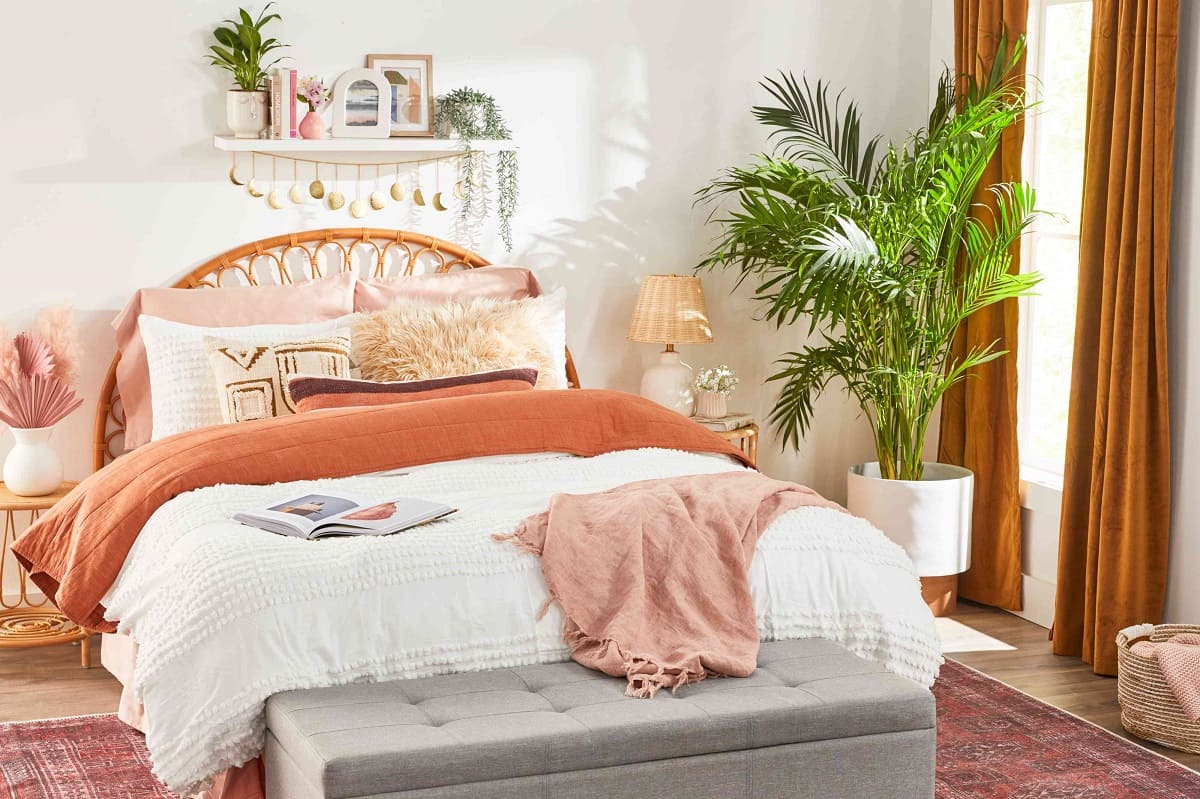
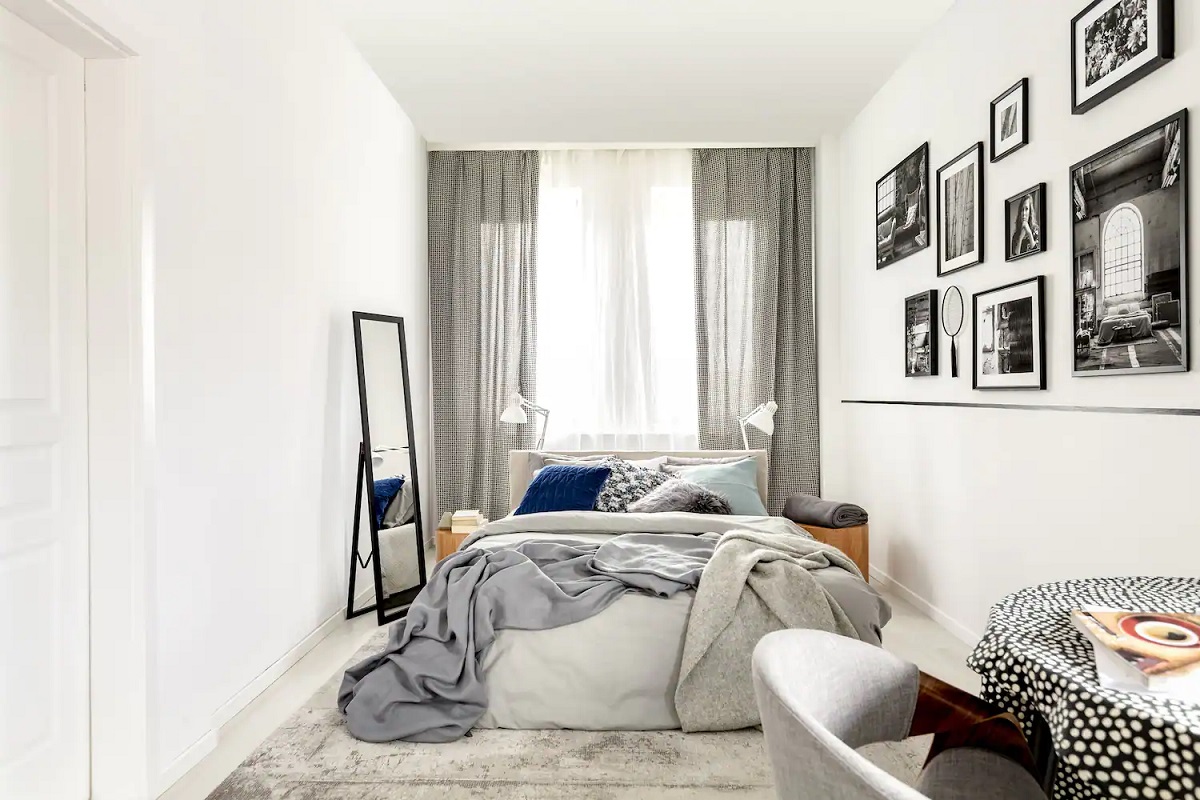
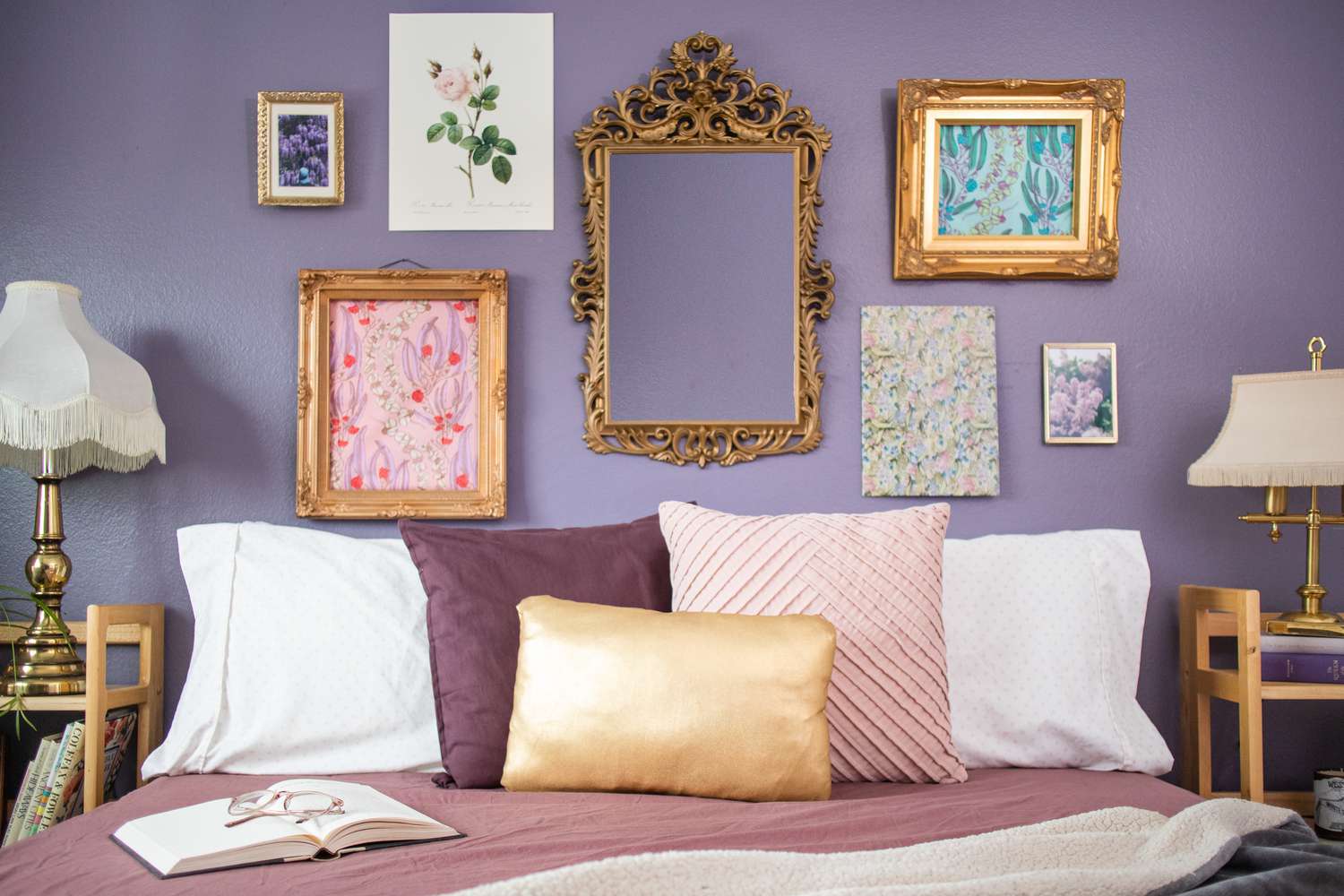
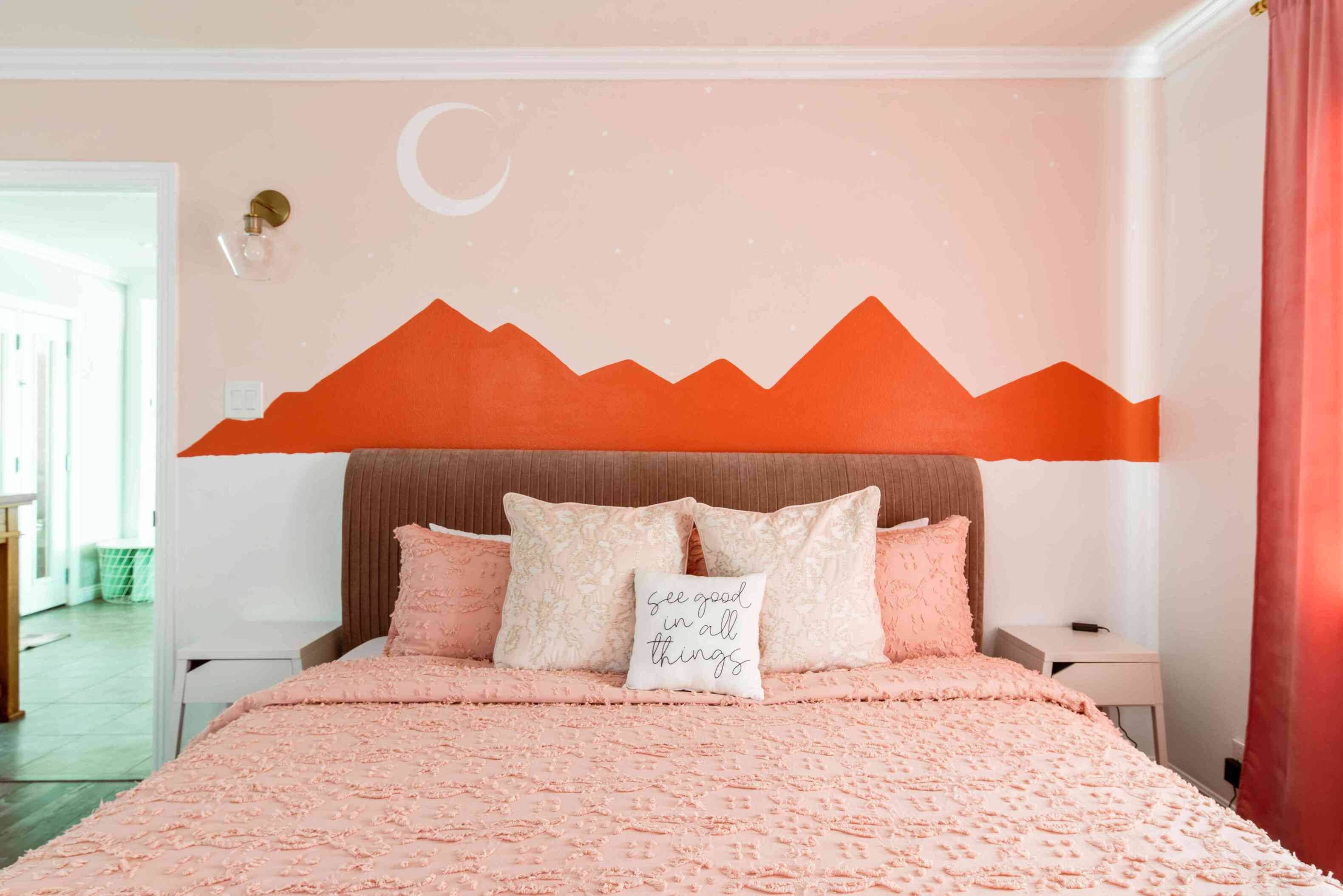
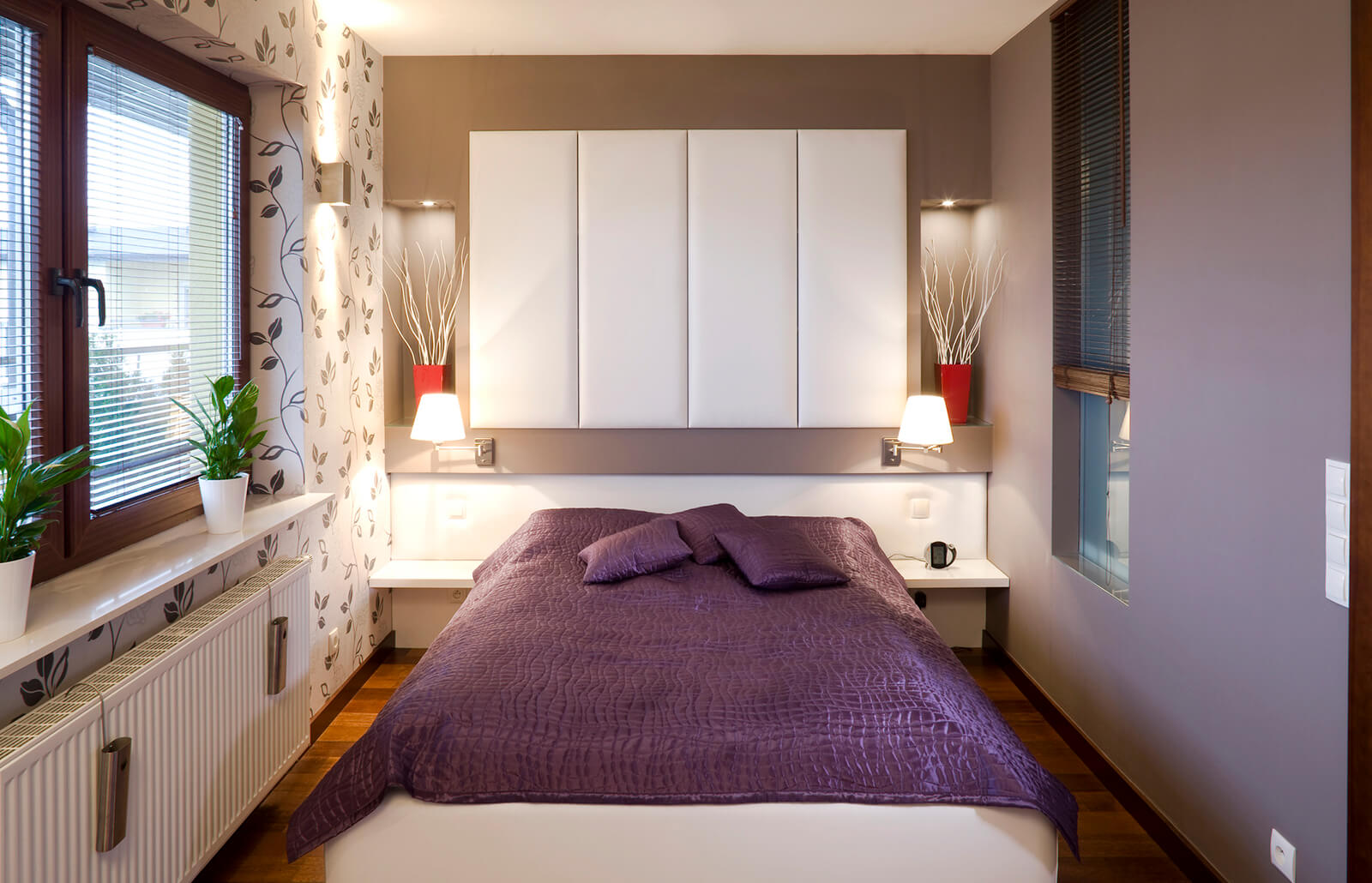
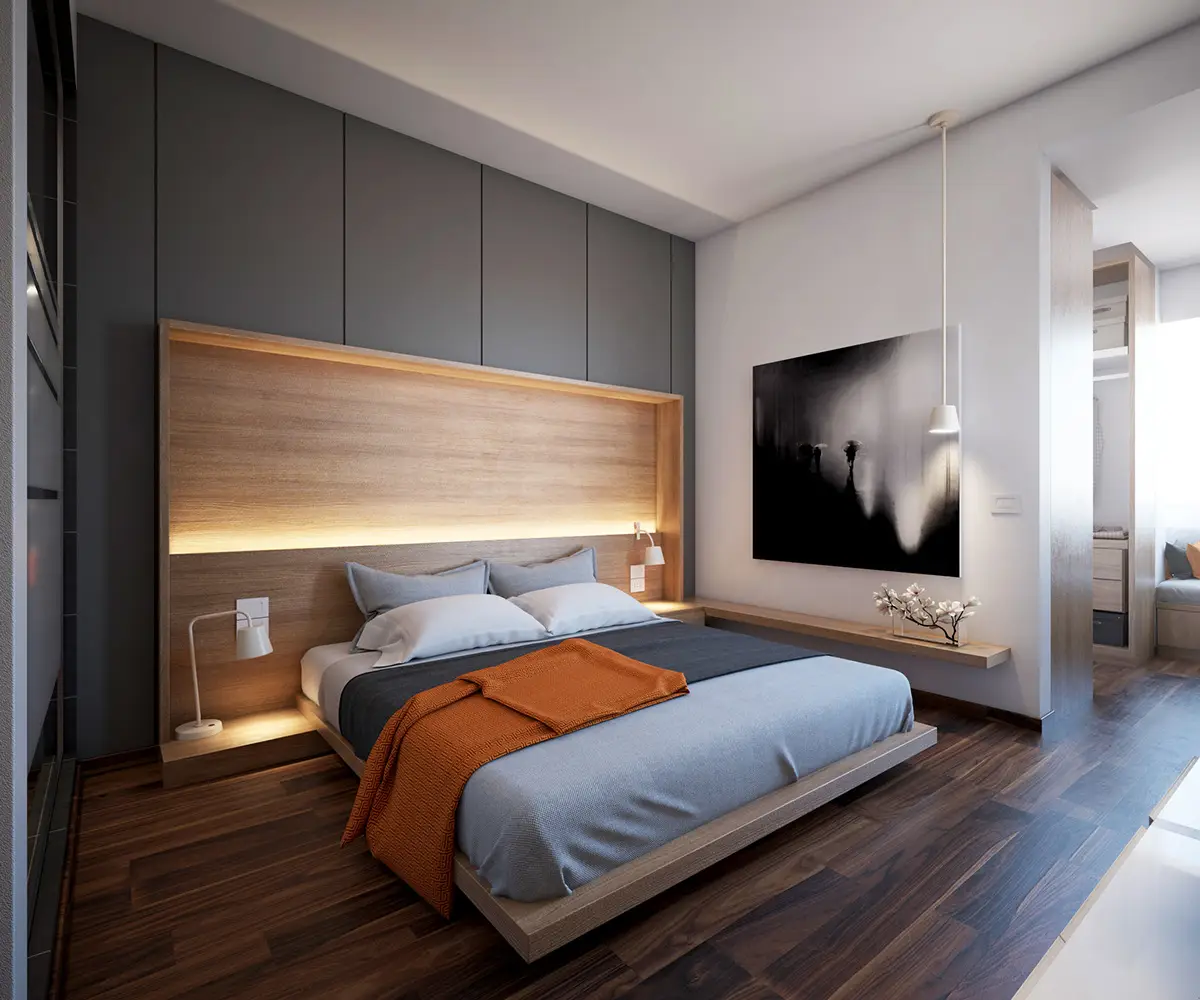
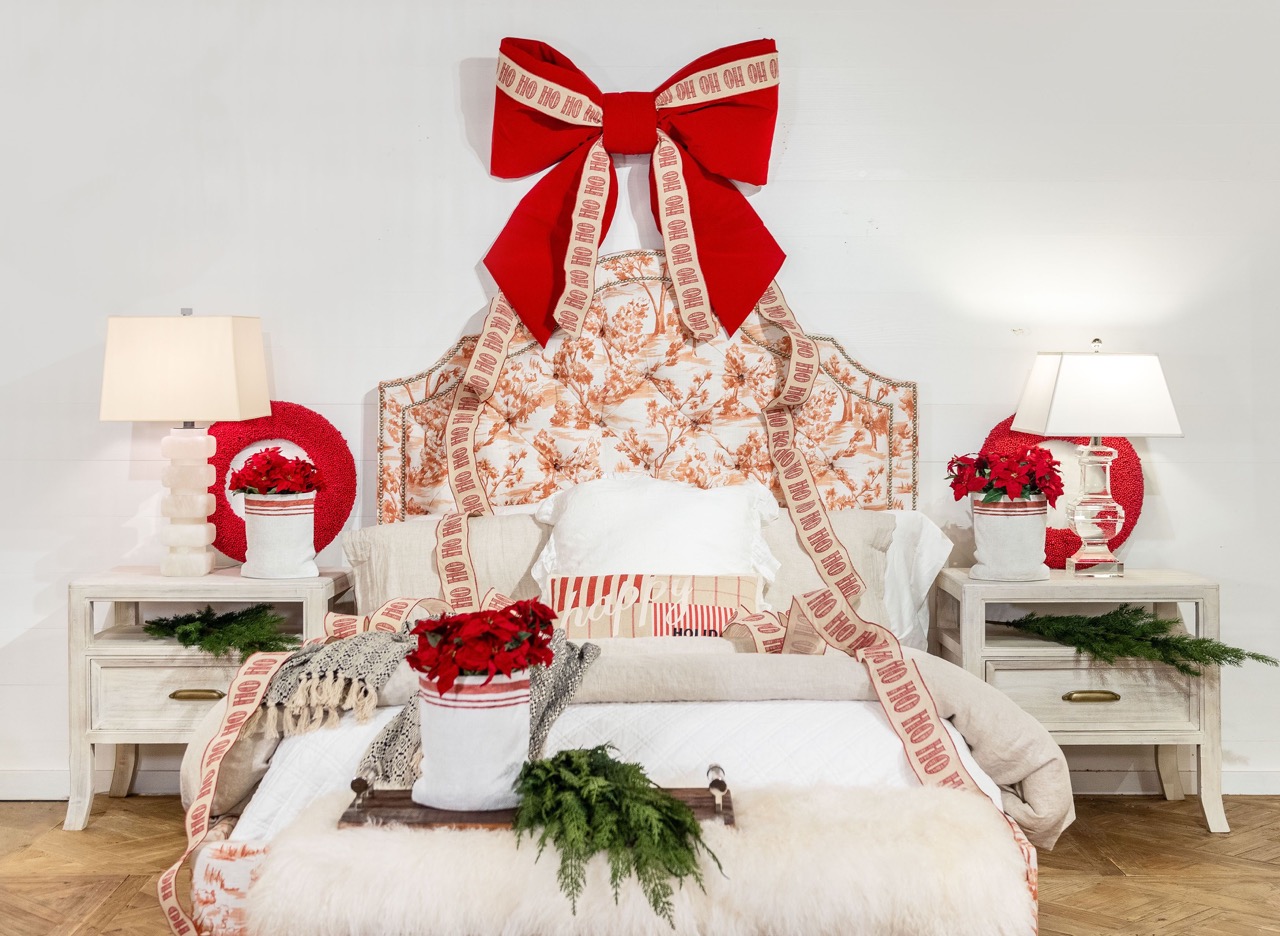
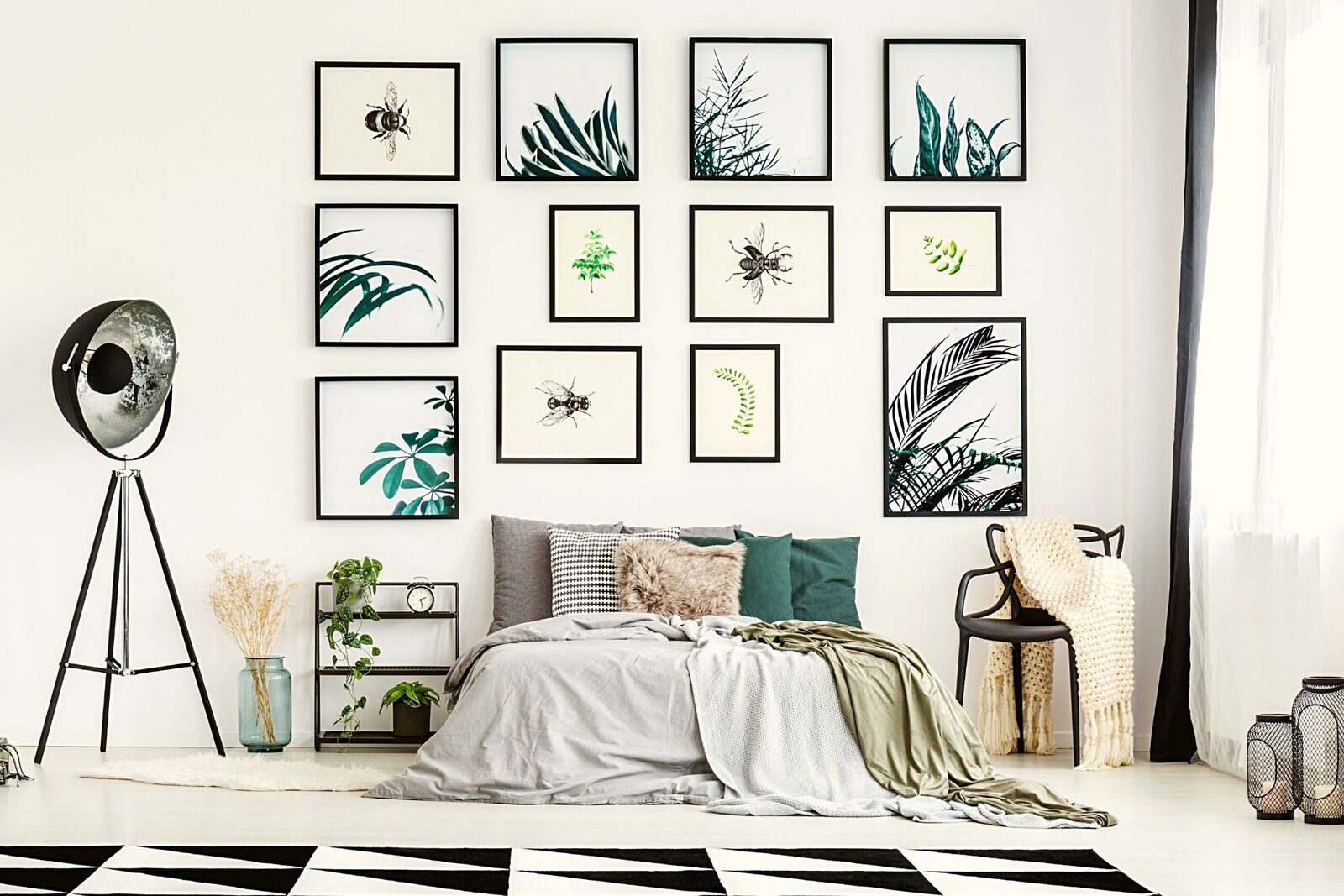
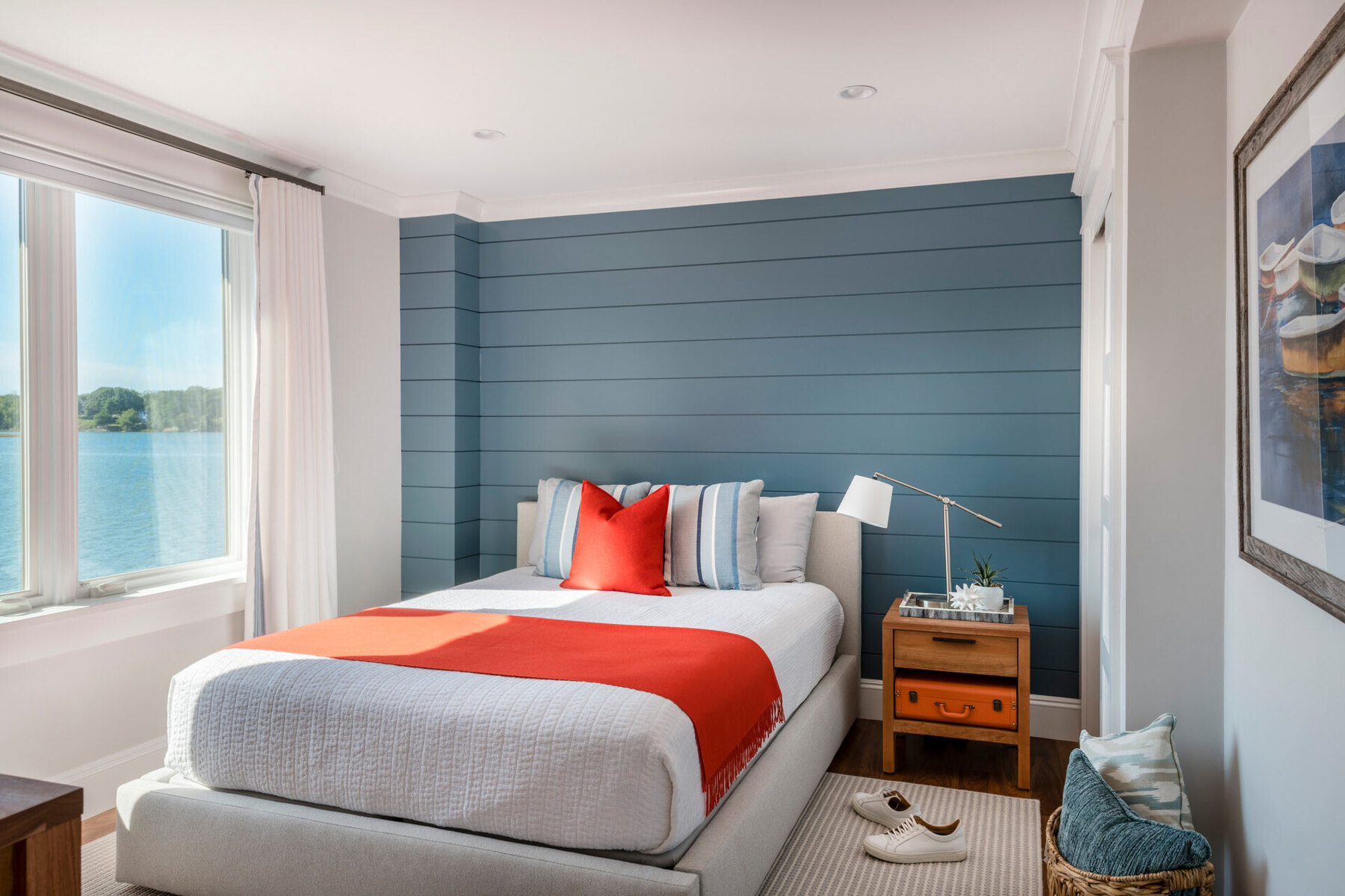
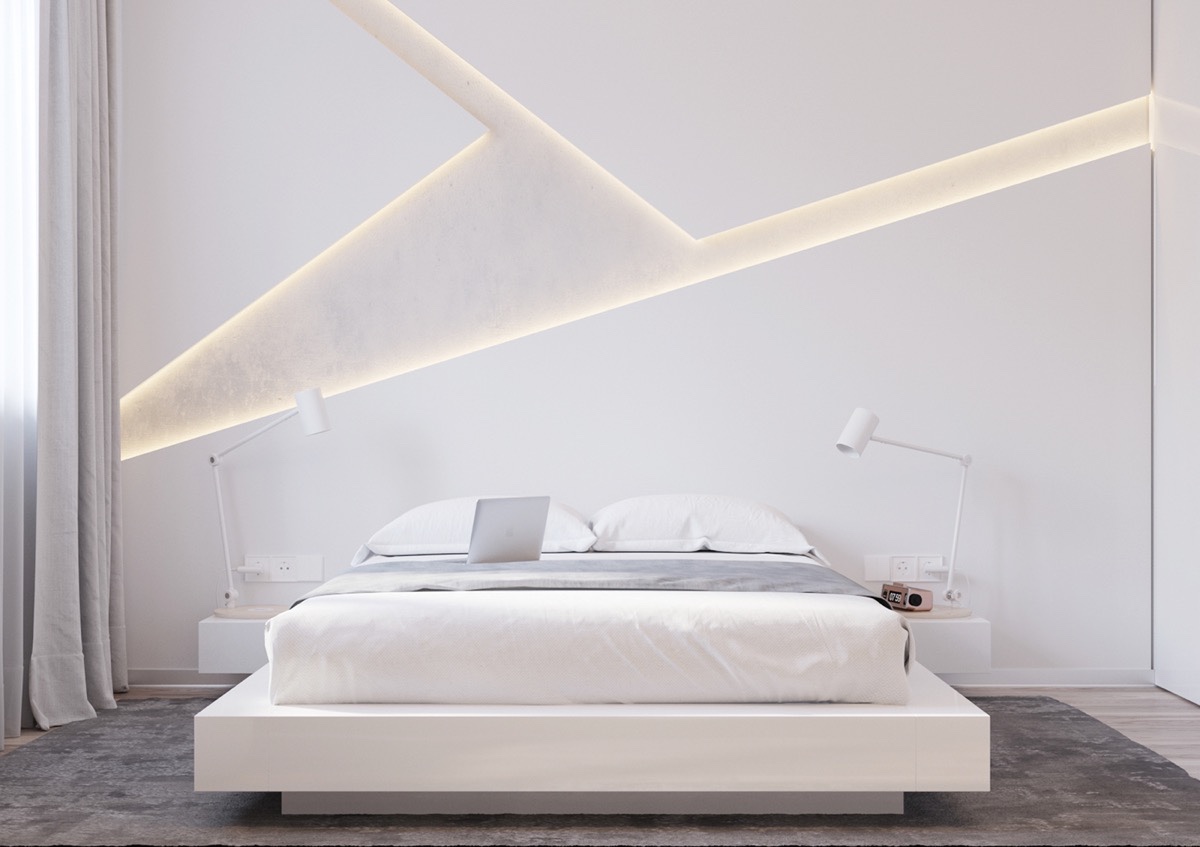
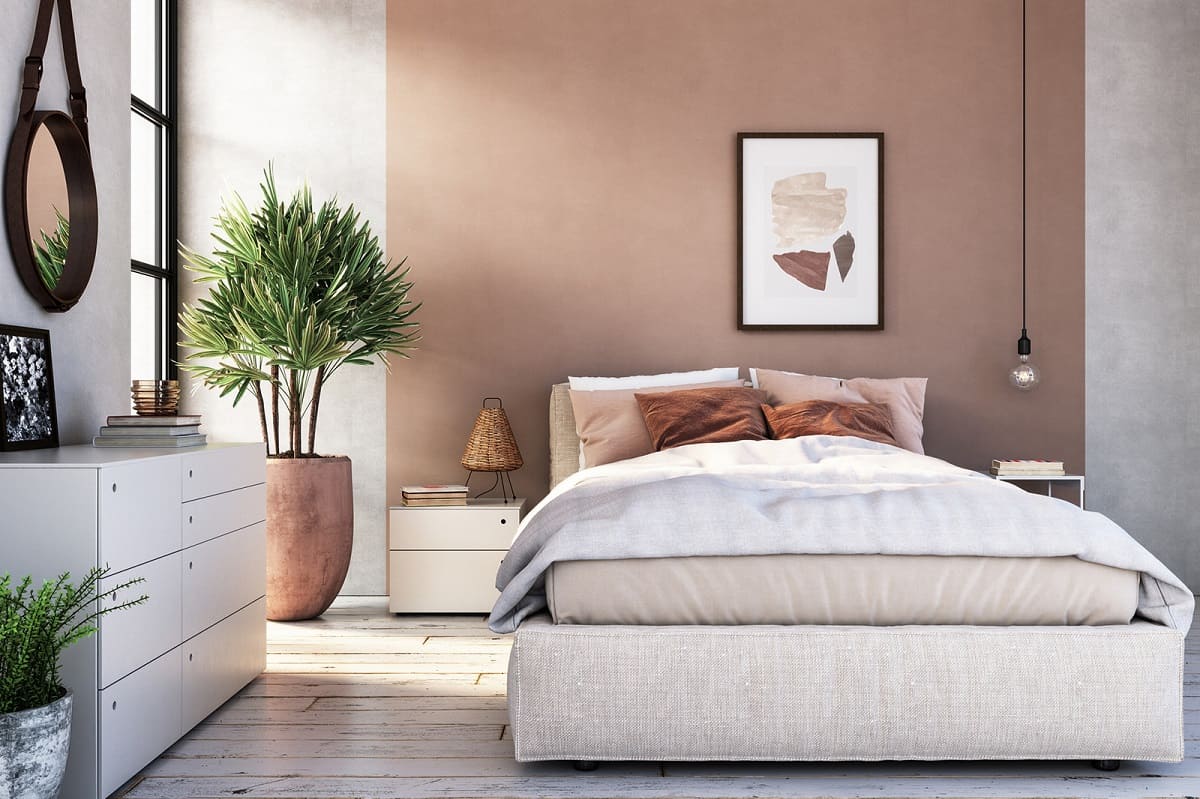
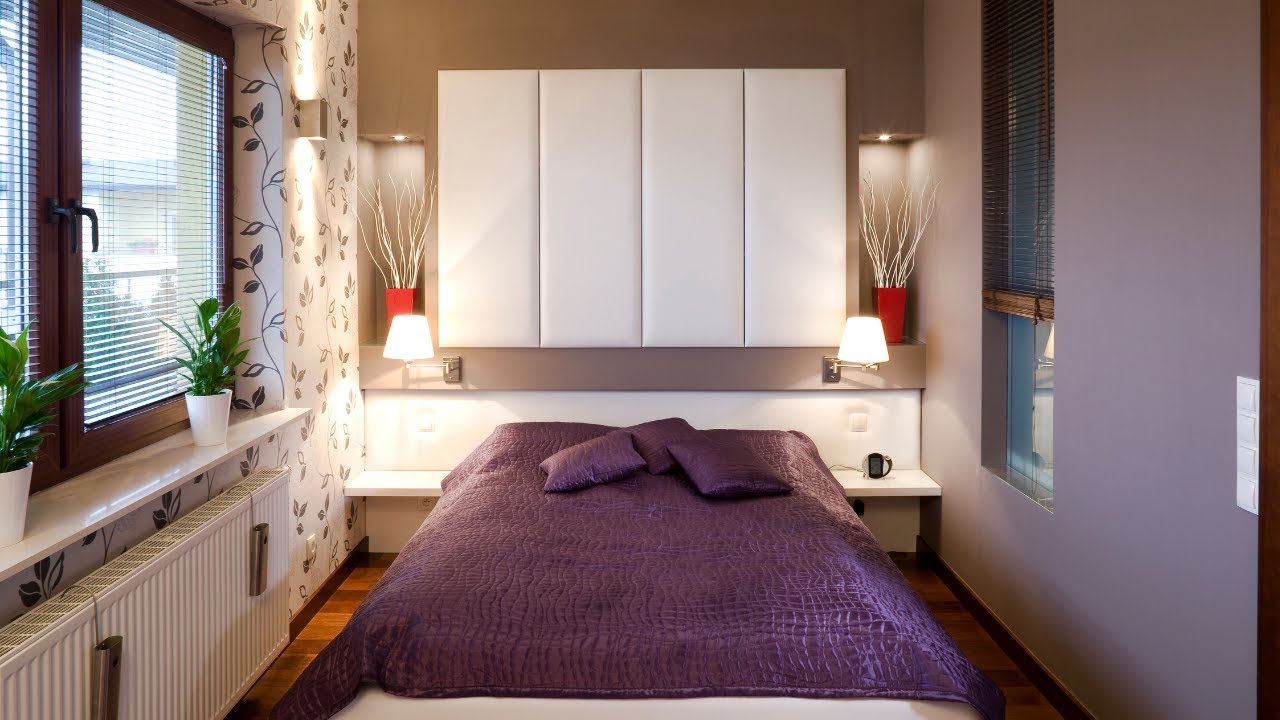
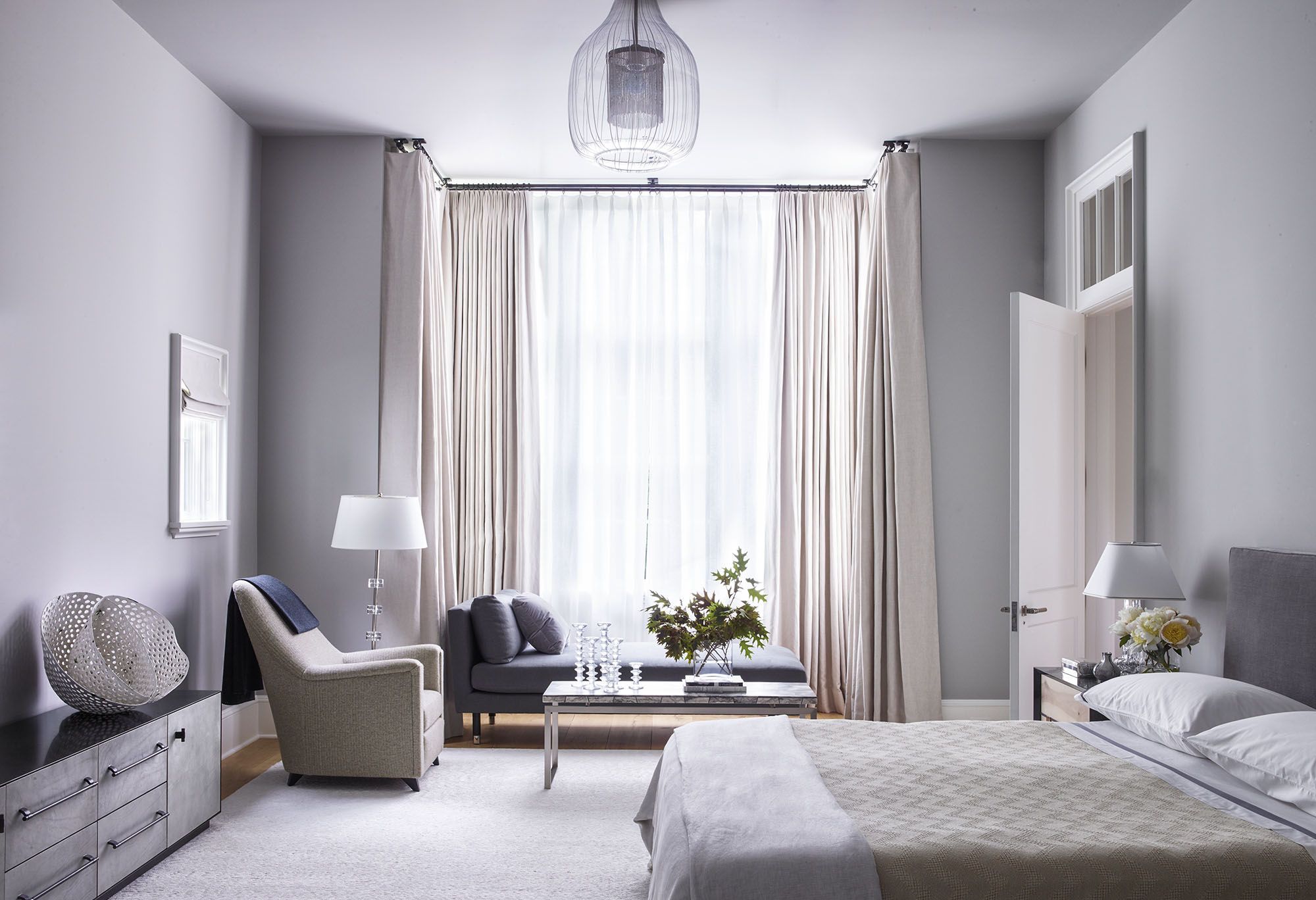

0 thoughts on “Bedroom Flooring Ideas: 10 Ways With Flooring For A Bedroom”